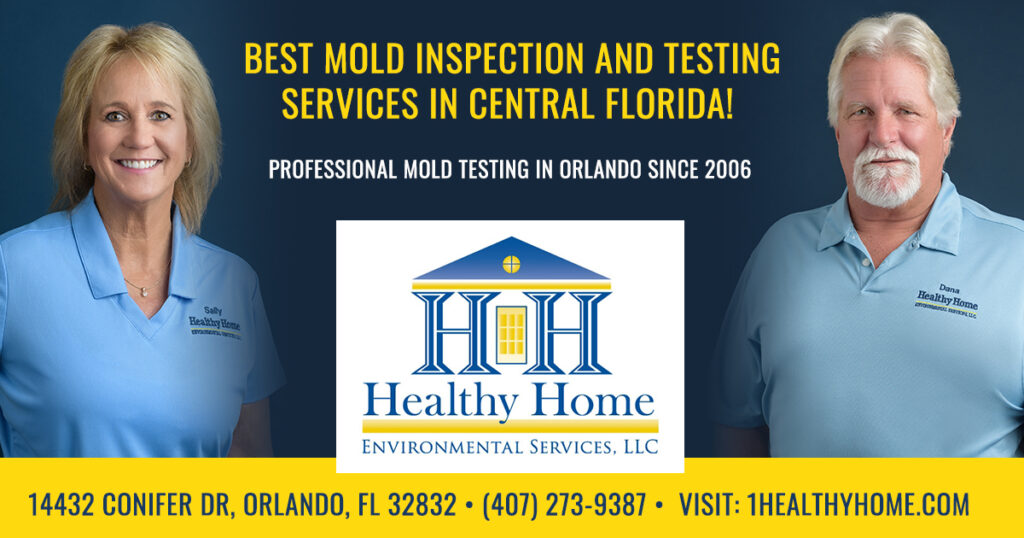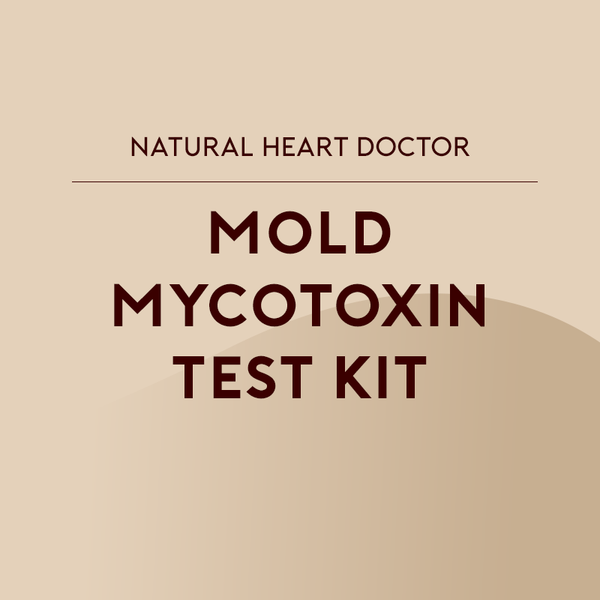Exactly How Mycotoxin Testing Helps Stop Contamination and Guard Food Supplies

Mycotoxin testing is an essential method in the food market, functioning as a frontline defense versus contamination by hazardous contaminants generated by molds. With the application of advanced methods like High-Performance Liquid Chromatography (HPLC) and Liquid Chromatography-Mass Spectrometry (LC-MS), food producers can properly identify and measure mycotoxin degrees in agricultural products. This proactive strategy not just makes sure compliance with rigorous safety laws but likewise minimizes health risks to consumers. Routine testing fortifies brand name credibility and monetary wellness by decreasing contamination-related occurrences. Just how precisely do these testing protocols integrate into the wider food security method?
Comprehending Mycotoxins
Comprehending mycotoxins starts with recognizing that they are poisonous secondary metabolites produced by specific molds, which can infect farming items. These metabolites are not vital for the development or recreation of the fungis however can have serious implications for animal and human health. Mycotoxins are commonly found in staple crops such as corn, wheat, barley, and nuts, where they can multiply under particular conditions of wetness and temperature level.
There are several sorts of mycotoxins, each created by different fungal varieties. Aflatoxins, generated by Aspergillus varieties, are among the most notorious, known for their cancer causing buildings. An additional significant group consists of ochratoxins, created by Aspergillus and Penicillium types, which have nephrotoxic impacts. Fusarium types produce trichothecenes and fumonisins, both of which are linked with various acute and persistent health concerns.

Threats of Mycotoxin Contamination
The risks of mycotoxin contamination are multifaceted, posing considerable hazards to both food safety and public health and wellness. Mycotoxins, toxic compounds generated by certain sorts of fungis, can contaminate a vast array of agricultural items consisting of cereals, nuts, spices, dried out fruits, and coffee. As soon as these toxic substances penetrate the food supply, they can cause significant health and wellness problems such as liver damage, kidney failing, and even cancer. Susceptible populations, including children, the elderly, and immunocompromised individuals, are specifically at threat.
Financial effects are one more major issue. Infected crops can lead to considerable economic losses for farmers and food manufacturers due to lowered returns and the need for costly decontamination measures. Global trade can be considerably prevented as nations implement rigorous mycotoxin laws to safeguard their populations, leading to turned down shipments and stretched trade relations.
Ecological factors such as climate modification exacerbate the danger of mycotoxin contamination. Variants in temperature and moisture can produce desirable conditions for fungal development, enhancing the possibility of contamination occasions. Hence, understanding and alleviating these risks are crucial for ensuring the security and stability of worldwide food materials.
Methods of Mycotoxin Evaluating
Properly identifying mycotoxin contamination in agricultural items is necessary for securing public wellness and keeping food security requirements. Different techniques are used to identify and measure mycotoxins, each offering certain advantages and limitations.
High-Performance Liquid Chromatography (HPLC) is a commonly made use of approach due to its high level of sensitivity and precision. It includes dividing mycotoxins from various other compounds in an example, allowing exact metrology. Similarly, Liquid Chromatography-Mass Spectrometry (LC-MS) combines fluid chromatography with mass spectrometry to provide thorough molecular details, making it especially valuable for recognizing numerous mycotoxins simultaneously - Mycotoxin testing Services.

Gas Chromatography-Mass Spectrometry (GC-MS) and Thin-Layer Chromatography (TENDER LOVING CARE) are additionally utilized, each with unique applications. GC-MS is efficient for unpredictable mycotoxins, while TLC supplies a less complex, cost-effective alternative for preliminary screening.
Benefits of Regular Checking
Regular screening for mycotoxins in agricultural items offers various advantages, substantially adding to public wellness and food security. By determining contamination early, normal screening assists stop the circulation of hazardous foods, consequently minimizing the danger of mycotoxin-related ailments amongst consumers. This proactive method not only safeguards human health and wellness however additionally enhances the overall high quality of food products.
Various countries and regions have actually established rigid limits for mycotoxin degrees in food and feed. Sticking to these restrictions with regular testing guarantees that providers and producers fulfill legal requirements, therefore staying clear of charges and profession obstacles.
Furthermore, normal mycotoxin testing can cause substantial economic benefits. Early detection of contamination enables timely intervention, minimizing prospective losses from prevalent contamination. Carrying out regular testing procedures can also decrease recall expenses and related liabilities, which can be financially devastating.
Moreover, normal screening gives useful information that can inform better farming methods and storage space conditions. By comprehending patterns of contamination, manufacturers can take on safety nets, thus reducing future dangers and adding to the sustainability of the food supply chain.
Executing Examining Procedures
Executing effective mycotoxin screening procedures is critical for making sure the security and top quality of agricultural products. Each phase must be looked at to determine where mycotoxin contamination is most important link likely to take place.
When crucial control factors are determined, selecting appropriate testing techniques is crucial. Common methods include enzyme-linked immunosorbent assay (ELISA), high-performance liquid chromatography (HPLC), and mass spectrometry (MS) Each method has its strengths and weaknesses; thus, picking the appropriate one relies on the details mycotoxin being evaluated, the called for level of sensitivity, and available resources.

Finally, integrating the testing methods right into an extensive food security administration system is a good idea. This enhances traceability and makes it possible for speedy restorative activities when contamination is identified, thus securing the stability of the food supply chain.
Verdict
Mycotoxin testing is important in protecting against contamination and safeguarding food products by allowing early detection of harmful toxic substances created by molds in agricultural items. Routine testing boosts brand name track record, monetary security, and trust in food safety by decreasing contamination-related losses and preserving high standards in food production.
Mycotoxin screening is a vital method in the food market, serving as a frontline protection against contamination by harmful contaminants created by mold and mildews. An integrated strategy involving farming practices, storage management, and routine testing can reduce the dangers associated with mycotoxin contamination, ensuring food security and public wellness.
The threats of mycotoxin contamination are diverse, presenting substantial risks to both food security and public health.Regular screening for mycotoxins in farming products uses various benefits, considerably contributing to public wellness and food safety and security.Mycotoxin original site testing is essential in avoiding contamination and protecting food materials by enabling very early detection of damaging toxins created by molds in farming products.